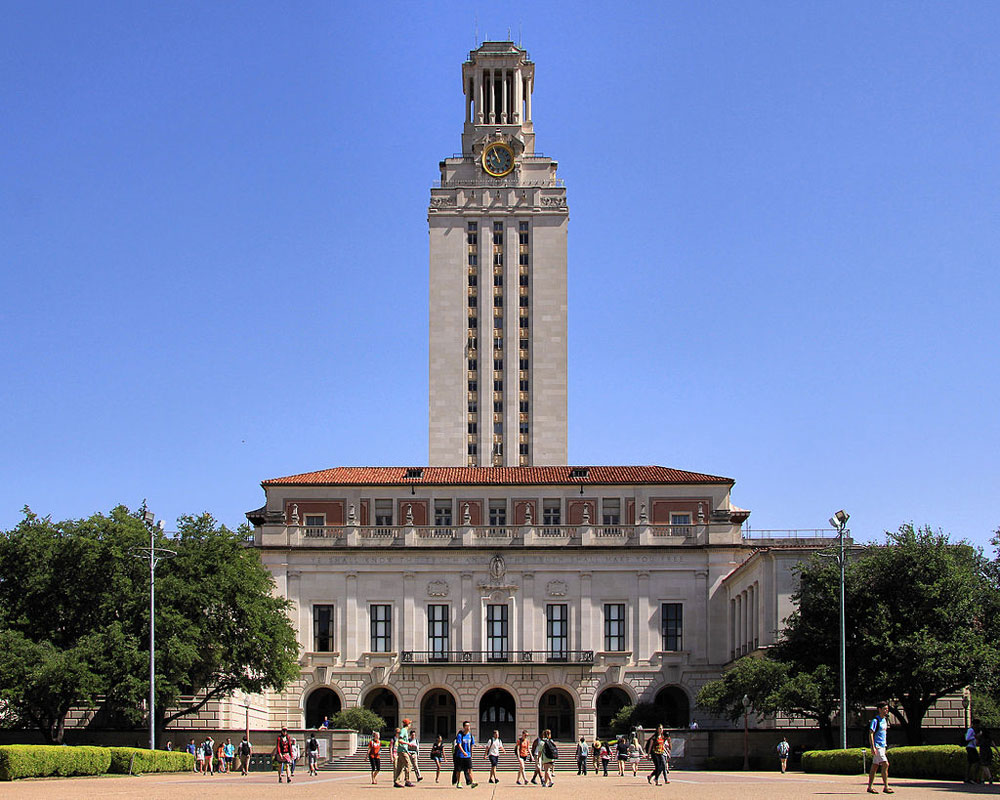
January 6, 2020; Houston Chronicle
Last fall, an Independent Equity Committee at the University of Texas (UT) produced a 188-page report called the 2019 Hispanic Equity Report at the University of Texas at Austin. The report found widespread racial disparities negatively affecting Latinx faculty members at the flagship state university. As of 2017, while 39.1 percent of Texans are Latinx, only 6.9 percent of UT faculty are.
“We found that [Latinxs] are grossly underpaid and underrepresented in positions of leadership in a university that makes diversity one of its central missions,” Alberto Martínez, a history professor and the chair of the group that produced the report, tells Olivia Tallet of the Houston Chronicle.
At the level of leadership positions, the numbers are even lower; only 3.6 percent of directors of centers and institutes at UT Austin are Latinx. For example, the university’s Teresa Lozano Long Institute of Latin American Studies has had 13 directors since its 1940 founding, but none have been Latinx or Latin American. To make the irony even harsher, the person who endowed the center with a $15 million contribution was Latina.
“That’s simply grotesque,” remarks Jorge Cañizares-Esguerra, a UT history professor. “That’s like having a prestigious center of African American studies [that has] never had an African American director; it would be unthinkable.” But, he adds, “that’s where we are.”
Then there is the salary data. Among the highest-ranking full professors, Latino professors were found on average to earn about $25,300 less than their Anglo peers in 2017, the focus year of the report. Tallet adds, “Assistant professors faced a gap of roughly $19,600 on average, and the difference was about $10,600 for associate professors.”
Sign up for our free newsletters
Subscribe to NPQ's newsletters to have our top stories delivered directly to your inbox.
By signing up, you agree to our privacy policy and terms of use, and to receive messages from NPQ and our partners.
Latinas fared even worse. Latinas who enjoyed the high rank of full professorship at UT were paid $37,100 less on average than white men with the same tenure status, $15,800 less than equivalent white women, and $10,200 less than Latinos. Among assistant professors, white men were paid 44 percent more than Latinas.
Gloria González-López, a sociology professor at UT, notes that one of the drivers of the disparities is that Latinx under-representation leads to additional job burdens. “I use the concept of ‘academic doméstica’ (domestic servant) to describe this, where Latina professors do a lot of services for which they are not paid or paid worse than anybody else” in academia,
“A basic tenet of education across the line, whether you’re talking about kindergarten kids or college students, is that in order for students to learn, they need to feel connected to the classroom and the faculty, and they are more likely to feel that with someone who shares their background,” notes Natasha Warikoo, a Tufts University professor and author of The Diversity Bargain: And Other Dilemmas of Race, Admissions, and Meritocracy at Elite Universities.
Warikoo notes that at colleges with high numbers of Latinx students but low numbers of Latinx professors, like UT Austin, students will tend to gravitate to those few Latinx professors. At the same, these professors are also disproportionately asked to serve on committees because of the background and cultural knowledge they bring.
“It’s ironic that in this state where almost 40 percent [of residents] are [Latinxs], we are having these inequalities at the public state university,” González-López observes.—Steve Dubb













